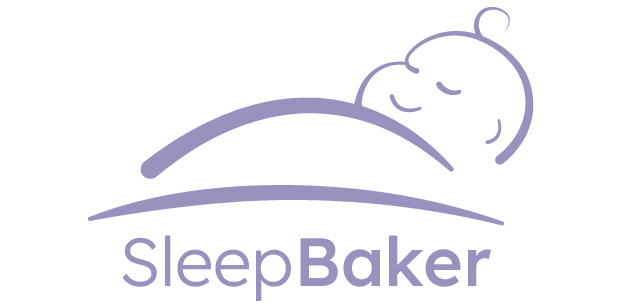
Safe Sleep Practices for Newborns
What Every Parent Needs to Know
Ensuring your newborn sleeps safely is a top priority for every parent and adhering to safe sleep practices is crucial for reducing the risk of sudden infant death syndrome (SIDS) and creating a secure sleeping environment for your baby. Here’s what you need to know about safe sleep practices for newborns according to Australian health guidelines.
1. Sleep Position
Always place your baby on their back to sleep. This practice significantly reduces the risk of SIDS. The back-sleeping position is recommended from birth until the baby is one year old. Avoid placing your baby on their tummy or side to sleep, as these positions increase the risk of sleep-related incidents.
2. Safe Sleep Environment
Creating a safe sleep environment is essential for your baby's wellbeing. Follow these guidelines:
- Sleep Surface: Use a firm, flat mattress in a safety-approved cot or bassinet. Avoid using soft surfaces such as sofas or armchairs for your baby to sleep on.
- Bedding: Keep the cot free of pillows, blankets, and toys. Use a fitted sheet and avoid placing any loose items in the cot. A safe sleep environment should only include your baby and a firm mattress.
- Room Sharing: It is recommended to share a room with your baby for at least the first six months, but not the same sleep surface. Room sharing can help with monitoring and responding to your baby’s needs while reducing the risk of SIDS.
3. Temperature Control
Maintaining a comfortable room temperature is important for your baby’s sleep safety. The recommended room temperature is between 18°C and 20°C. Dress your baby in appropriate sleepwear for the room temperature. Avoid overheating by ensuring that your baby is not too hot or too cold.
4. Swaddling and Sleep Sacks
Swaddling can be beneficial for calming newborns and helping them sleep better. However, it’s important to swaddle safely:
- Swaddle Correctly: Use a breathable fabric and ensure that the swaddle is snug around the upper body but allows for hip movement. Avoid swaddling too tightly, which can affect your baby’s hip development.
- Transition to Sleep Sacks: Once your baby shows signs of rolling over, it’s time to transition from swaddling to a sleep sack. Sleep sacks are designed to keep your baby warm without the risks associated with loose blankets.
5. Avoiding Risks
Follow these additional safety measures to protect your baby:
- No Smoking: Ensure that no one smokes around your baby. Exposure to smoke increases the risk of SIDS.
- Safe Sleep Practices: Avoid co-sleeping on the same surface as your baby. Co-sleeping can increase the risk of suffocation, especially if you or your partner are heavy sleepers or if you have consumed alcohol or taken medications.
6. Responding to Sleep Disturbances
If your baby wakes during the night, attend to their needs promptly but calmly. Ensure that any changes in their sleep routine are gradual to avoid disruptions. Establishing a consistent bedtime routine can also help your baby adjust to a regular sleep pattern.
By following these guidelines for safe sleep practices, you can create a secure sleep environment that supports your newborn’s health and development. Prioritising safety and adhering to recommended practices will help ensure your baby sleeps soundly and safely.
For more personalised advice and support, don’t hesitate to contact a local sleep consultant or healthcare professional. Your baby’s sleep safety is paramount, and expert guidance is available to help you navigate these early months.
For more information and support on newborn sleep, contact our team for expert guidance.
Share

